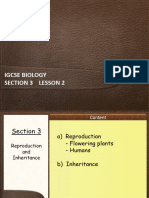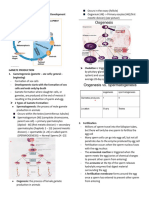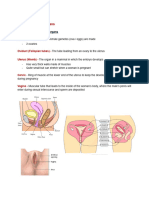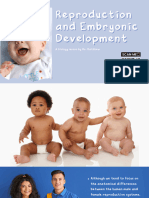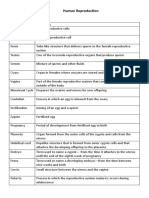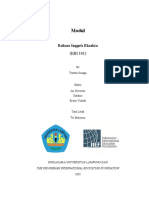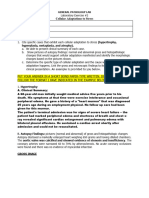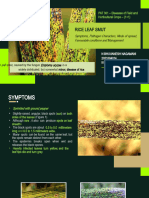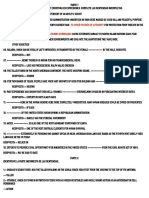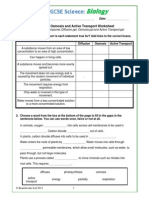0% found this document useful (0 votes)
18 views34 pagesReproduction in Humans Notes
The document provides an overview of human reproduction, detailing the male and female reproductive systems, gamete formation, fertilization, implantation, and the role of hormones in the menstrual cycle. It also discusses sexually transmitted infections, particularly HIV/AIDS, including transmission methods and prevention strategies. Key concepts include the development of the placenta, the amniotic sac, and the hormonal regulation of reproduction.
Uploaded by
hibahamid.1308Copyright
© © All Rights Reserved
We take content rights seriously. If you suspect this is your content, claim it here.
Available Formats
Download as PPTX, PDF, TXT or read online on Scribd
0% found this document useful (0 votes)
18 views34 pagesReproduction in Humans Notes
The document provides an overview of human reproduction, detailing the male and female reproductive systems, gamete formation, fertilization, implantation, and the role of hormones in the menstrual cycle. It also discusses sexually transmitted infections, particularly HIV/AIDS, including transmission methods and prevention strategies. Key concepts include the development of the placenta, the amniotic sac, and the hormonal regulation of reproduction.
Uploaded by
hibahamid.1308Copyright
© © All Rights Reserved
We take content rights seriously. If you suspect this is your content, claim it here.
Available Formats
Download as PPTX, PDF, TXT or read online on Scribd
/ 34
















